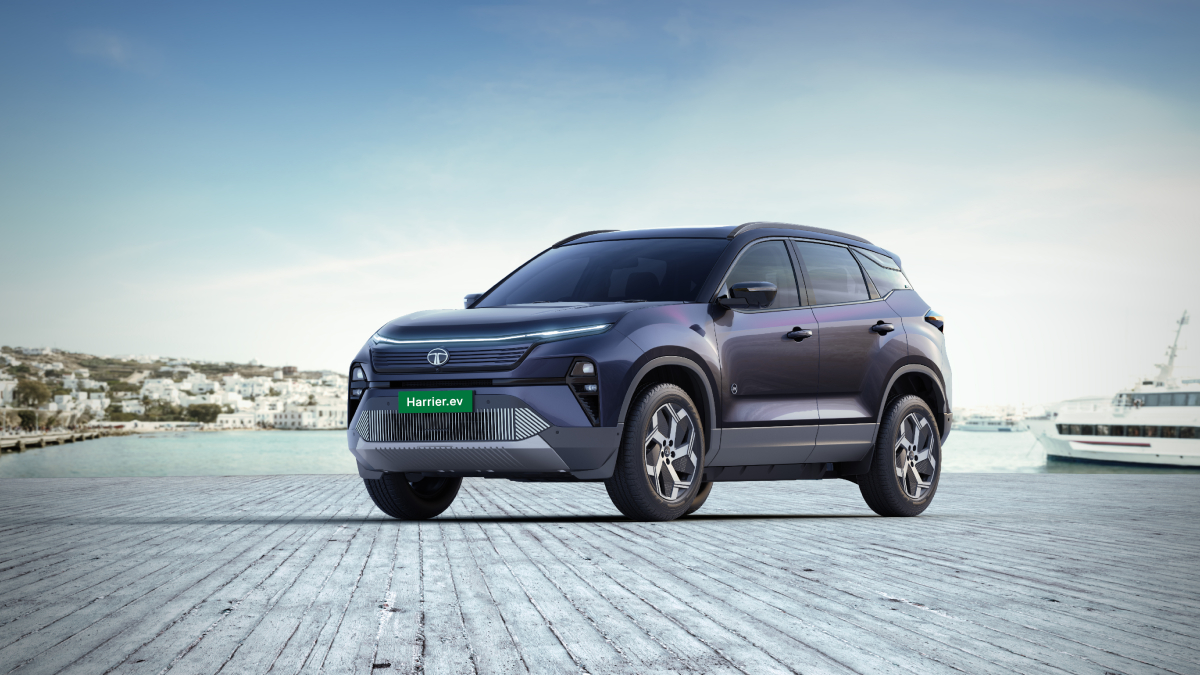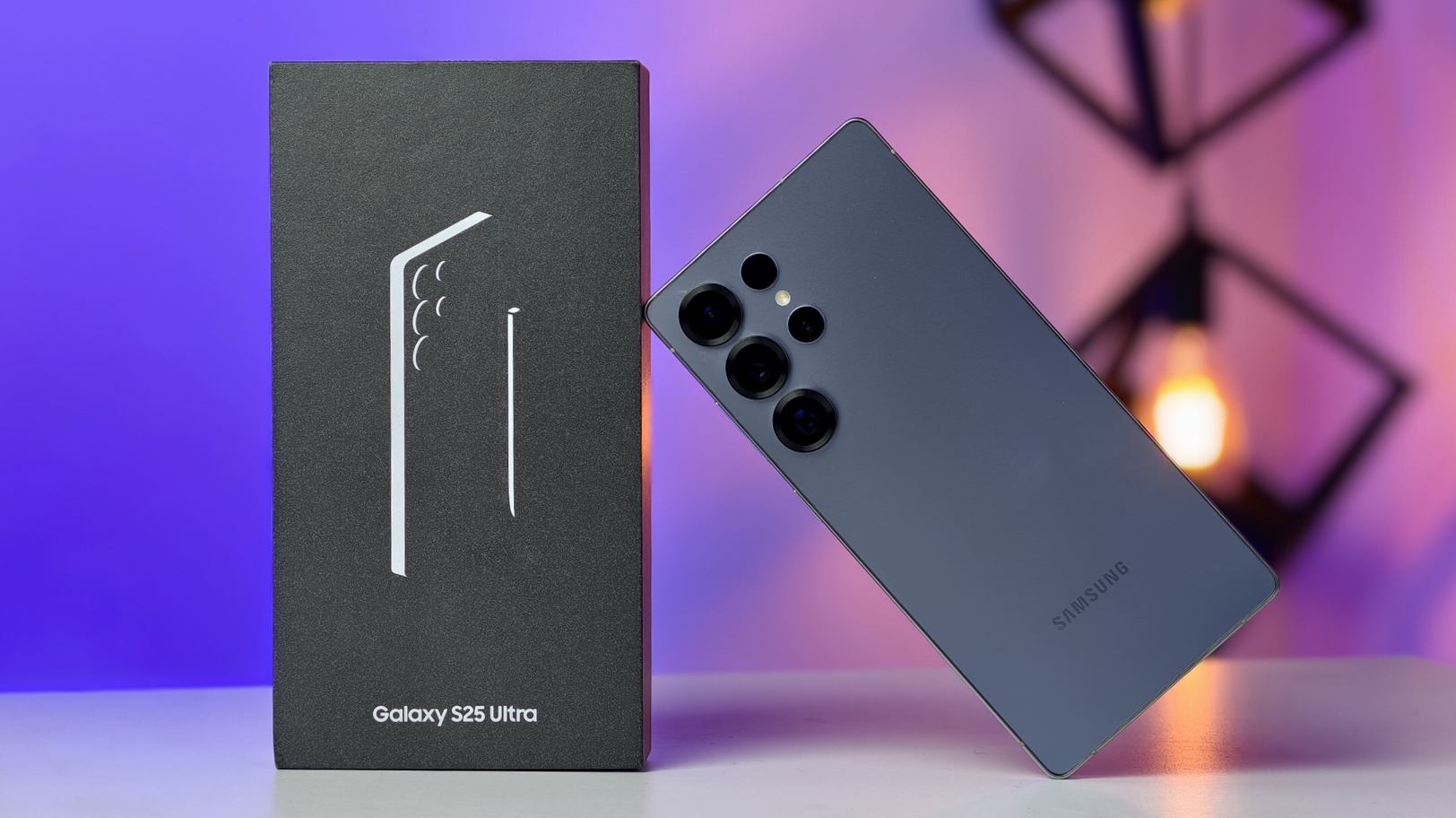Tata Motors is set to unveil the Harrier EV on June 3, 2025, marking a significant milestone in India’s electric vehicle (EV) journey. This launch positions the Harrier EV as Tata’s flagship electric SUV, poised to compete with established models like the Mahindra XEV 9e and the upcoming Hyundai Creta Electric. With a blend of rugged design, advanced features, and impressive performance metrics, the Harrier EV aims to redefine the electric SUV segment in India.
Design and Platform
The Harrier EV retains the robust design language of its internal combustion engine (ICE) counterpart, the Tata Harrier. Notable design elements include a closed front grille, revised front bumper with vertical slats, and aerodynamically styled alloy wheels. The SUV’s dimensions are approximately 4598 mm in length, 1894 mm in width, and a wheelbase of 2741 mm, ensuring a spacious cabin. Built on Tata’s Omega platform, derived from the Land Rover D8 architecture, the Harrier EV combines strength with refinement.
Powertrain and Performance
Equipped with a dual-motor all-wheel-drive (AWD) setup, the Harrier EV delivers a peak torque of 500 Nm. This configuration ensures enhanced traction and stability, making it suitable for diverse driving conditions. The SUV is expected to offer a real-world driving range of approximately 500 km on a single charge, addressing range anxiety concerns for long-distance travel.
Interior and Features
Inside, the Harrier EV mirrors the ICE version’s cabin layout, featuring a dual-tone dashboard, a 12.3-inch Harman infotainment system, and a 10.25-inch fully digital instrument cluster. Additional amenities include a panoramic sunroof, JBL sound system, electronic parking brake, and advanced driver-assistance systems (ADAS). Notably, the Harrier EV introduces Vehicle-to-Load (V2L) and Vehicle-to-Vehicle (V2V) charging capabilities, allowing users to power external devices and even other electric vehicles using the SUV’s battery.
Pricing and Variants
The Harrier EV is anticipated to be priced between ₹24 lakh and ₹30 lakh (ex-showroom), positioning it in the premium electric SUV segment. Expected variants include XM, XZ, and XZ Lux, catering to a range of customer preferences and budgets.
Market Positioning and Competitors
Upon launch, the Harrier EV will compete with models like the Mahindra XEV 9e, Hyundai Creta Electric, and the upcoming Maruti e-Vitara. Its combination of performance, features, and pricing aims to set a new benchmark in the electric SUV market.
The Tata Harrier EV’s upcoming launch signifies a pivotal moment in India’s transition to electric mobility. With its compelling design, advanced features, and competitive pricing, the Harrier EV is poised to capture the imagination of Indian consumers and set a new standard for electric SUVs in the country.



















